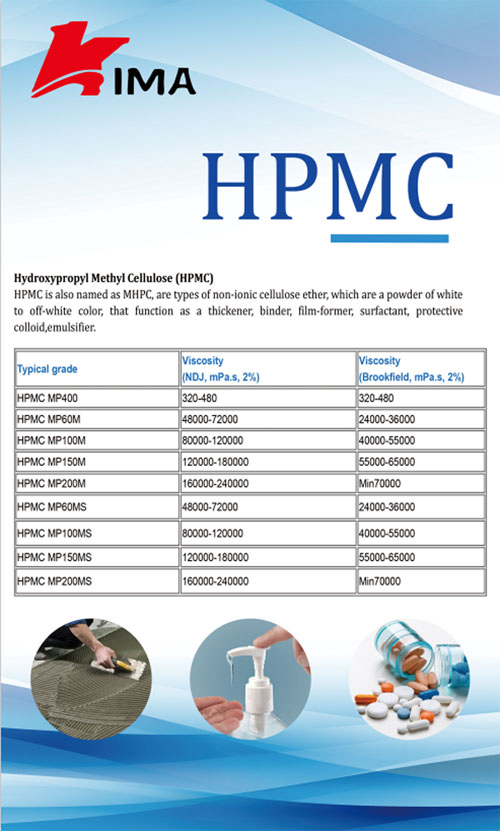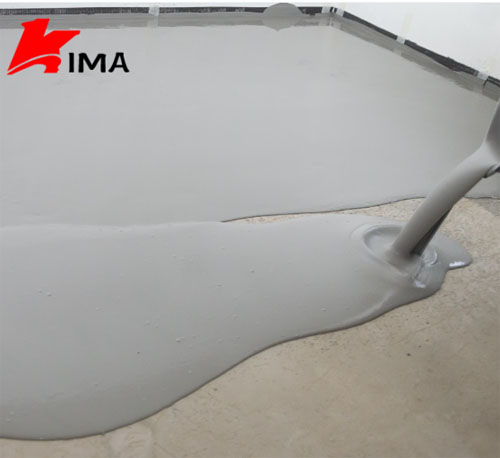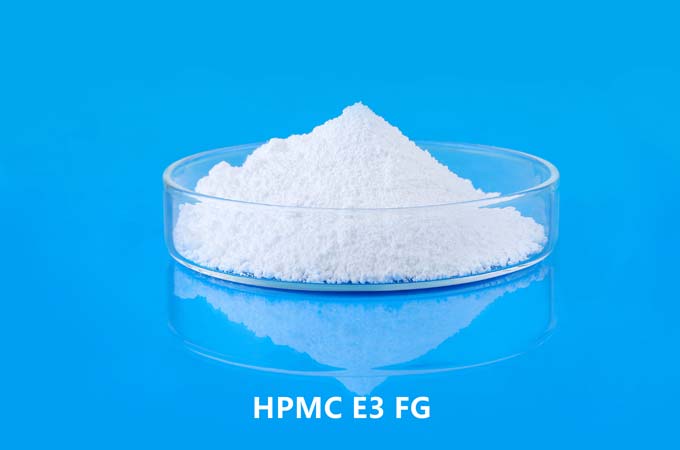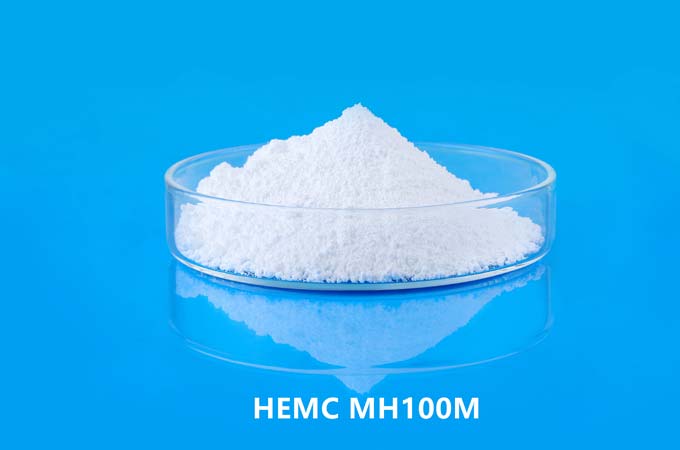Self-leveling floor composites are widely used in industrial plants, commercial places and residential floors due to their advantages such as convenient construction, smooth surface, wear resistance and durability. Hydroxypropyl methylcellulose (HPMC), as a key additive, plays an important role in improving the rheological properties, water retention and crack resistance of self-leveling floor materials.

1. Basic properties of HPMC
HPMC (Hydroxypropyl Methyl Cellulose) is a non-ionic cellulose ether with good water solubility and surface activity. Its main properties include:
Thickening: Increase the viscosity of the system and enhance the workability.
Water retention: Reduce the rapid evaporation of water and improve the cement hydration process.
Rheological properties: Give the self-leveling material good fluidity and operability.
Adhesion: Improve the adhesion between the mortar and the substrate.
The performance of HPMC is affected by its molecular weight, degree of substitution (methoxy and hydroxypropyl content) and solubility, so its application in self-leveling floors needs to be optimized for different needs.
2. The role of HPMC in self-leveling flooring
2.1 Improving fluidity and construction performance
Self-leveling flooring materials are usually composed of cement, gypsum, fillers, water reducers and modifiers. HPMC can optimize the rheological properties of the slurry, making it more fluid under low shear force, while maintaining a certain stability when standing, avoiding bleeding and segregation problems. Its thickening effect helps to control the thixotropy of the slurry, making the material easier to spread and level during construction.
2.2 Enhancing water retention and improving the hydration process
The water retention capacity of HPMC can reduce the rapid loss of water and ensure that the cement is fully hydrated, thereby improving strength and durability. In high temperature or dry environments, the water retention effect of HPMC is particularly important, which can prevent cracking and powdering caused by rapid evaporation of water.
2.3 Improving crack resistance and durability
HPMC can effectively reduce early plastic shrinkage in self-leveling floors and improve the crack resistance of materials. The microscopic network structure it forms can enhance the adhesion of the slurry and reduce the generation of microcracks, thereby improving the overall durability and wear resistance.

3. Factors affecting the effect of HPMC
3.1 Molecular weight and degree of substitution of HPMC
The larger the molecular weight of HPMC, the higher the viscosity of the solution, and the stronger the thickening and water retention ability; different degrees of substitution will affect its solubility and performance. For example, HPMC with a high degree of substitution is easier to dissolve, but it may affect fluidity, so it is necessary to select the appropriate type of HPMC according to different application requirements.
3.2 HPMC addition amount
The amount of HPMC added directly affects the fluidity and water retention of the self-leveling floor. The right amount of HPMC can optimize the construction performance, but excessive use may lead to excessive viscosity and affect the self-leveling effect. Therefore, in actual application, it is necessary to determine the optimal addition ratio through experiments.
3.3 Construction environment factors
Temperature, humidity and base materials will affect the performance of HPMC in self-leveling floors. For example, in a high temperature environment, the water retention effect of HPMC is more obvious, while in a low temperature environment, its dissolution rate is slower, which may affect the construction progress.
HPMC plays a vital role in self-leveling floor composite materials. It can optimize fluidity, enhance water retention, improve crack resistance and durability. By reasonably selecting the type of HPMC, controlling its addition amount, and adjusting it in combination with construction environment factors, the overall performance of the self-leveling floor can be effectively improved to ensure construction quality and service life. In the future, with the development of material science, the application of HPMC in self-leveling floors will be further optimized to meet the needs of floor systems with higher performance requirements.
 English
English 日本語
日本語 français
français Deutsch
Deutsch Español
Español italiano
italiano русский
русский português
português العربية
العربية Türkçe
Türkçe Nederland
Nederland





